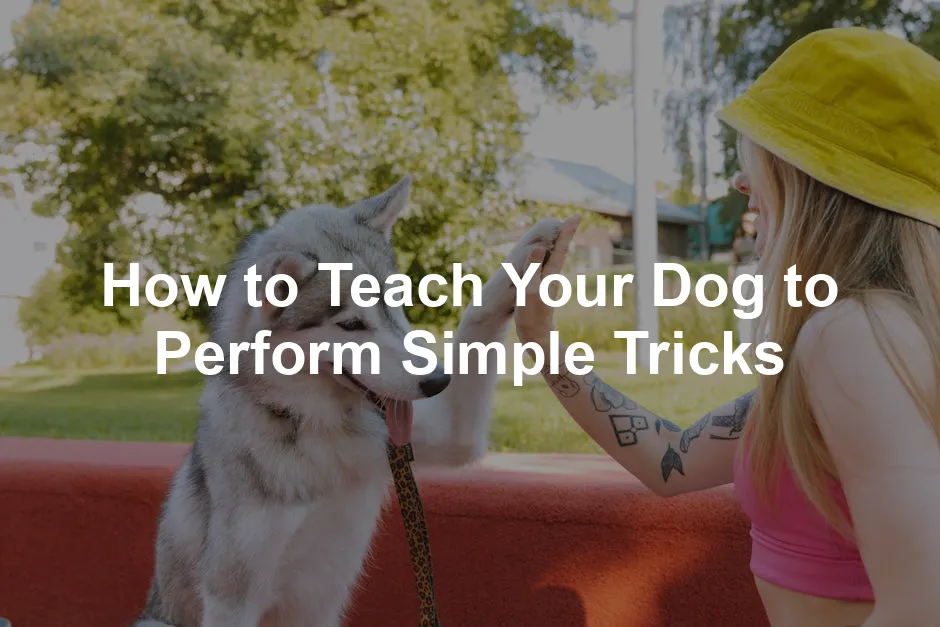Introduction
Teaching your dog tricks is not just a way to impress your friends at parties; it’s an enriching activity that strengthens your bond with your furry friend. Whether you have a sprightly pup or a wise old soul, every dog can learn something new. In this guide, we’ll explore effective methods to teach your dog simple tricks that are both fun and functional. So grab some treats and let’s unleash the potential in your pup!
Speaking of treats, why not stock up on some Dog Treats for Training? They’re the secret weapon in any trainer’s arsenal, ensuring your dog stays motivated and eager to learn!
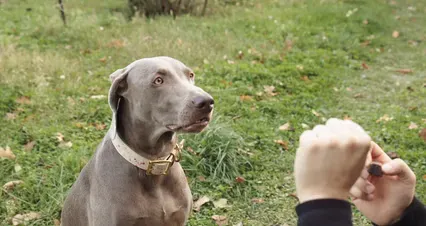
Summary
In this comprehensive guide, we will dive deep into the world of dog training, specifically focusing on teaching your dog simple tricks. You will learn about the importance of establishing a strong foundation with basic commands, the psychology behind effective training, and the step-by-step processes to teach various tricks. From the classic “sit” and “shake hands” to more entertaining tricks like “roll over” and “play dead,” we’ve got you covered. Plus, we’ll share tips on how to keep training sessions engaging and fun for both you and your dog. By the end of this article, you’ll be equipped with the knowledge to turn your dog into a well-trained trickster, impressing everyone with their newfound skills!
And speaking of skills, if you’re looking for a comprehensive guide to help you navigate dog training, consider checking out this Dog Training Book. It’s like having a professional trainer in your pocket!
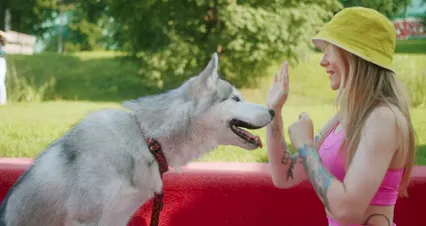
Why Teach Your Dog Tricks?
Importance of Training
Training your dog in tricks goes beyond simple entertainment. It fosters a deeper bond between you two. Teaching tricks encourages mental stimulation, crucial for a dog’s happiness. A mentally engaged dog is less prone to boredom-induced mischief. Plus, tricks reinforce basic obedience commands. Dogs that know how to shake or roll over often excel in responding to commands like sit and stay. Every trick learned adds a new layer to your dog’s skill set, making everyday life smoother.
And while you’re at it, why not invest in some Dog Training Clickers? They’re a great way to communicate with your dog and ensure they know when they’ve done something right!
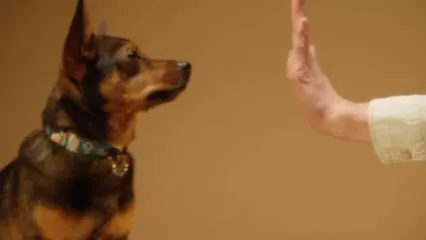
Building a Strong Foundation
Before teaching tricks, ensure your dog masters basic commands. Commands like sit, stay, and come are essential. These create a solid foundation for more complex tricks. Consistent training and patience are key. Professional trainers often emphasize the importance of mastering basics first. This groundwork helps dogs learn efficiently. A well-trained dog is easier to manage, making training more enjoyable for both of you. Never underestimate the power of a good foundation!
To reinforce this foundation, consider using Dog Training Pads. They’re a lifesaver for house-training puppies and can make your life a whole lot easier!
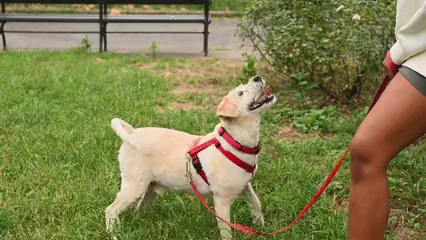
Getting Started with Training
Preparing for Training
Start with the right tools: treats, a clicker, and a calm environment. Choose a distraction-free zone for training sessions. Pick a time when your dog is alert and eager to learn, but not overly excited. Short sessions work best—five to ten minutes is ideal. This prevents your dog from becoming bored or frustrated. Understanding your dog’s energy levels will help you plan effective sessions. Recognizing when your dog is ready to learn is half the battle won!
And don’t forget about the importance of a good Dog Training Leash. A sturdy leash helps maintain control during training sessions and keeps your pup focused on you!
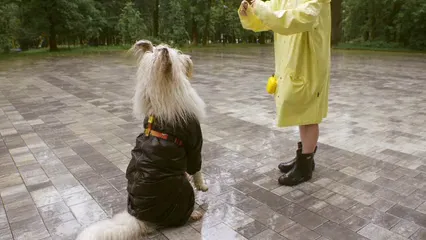
Training Techniques
Positive reinforcement is the backbone of effective training. Use treats, praise, and affection to reward your dog for good behavior. Shaping and luring techniques can also be beneficial. For instance, luring your dog into a desired position with a treat can help them understand what you want. Verbal cues and hand signals are essential as well. Dogs often respond better to visual prompts alongside verbal commands. Mixing these techniques keeps training fresh and exciting for your dog.
Consider adding an Dog Training Harness to your toolkit. It provides comfort and control, making training that much easier!

Simple Tricks to Teach Your Dog
Classic Tricks
Sit
To teach “sit,” hold a treat above your dog’s nose. Move your hand upward slowly. As your dog looks up, their bottom will lower. When they sit, say “good” and give them the treat. Repeat this until they understand the command. Avoid pushing them into the sitting position. That might confuse them!
Ready to reward their success? Use a Dog Treat Dispenser for an interactive way to keep them engaged during training!

Shake Hands
For “shake hands,” ask your dog to sit. Hold a treat in your closed fist. When your dog lifts their paw, reward them. If they don’t lift their paw, gently assist them while saying “shake.” Keep practicing until your dog offers their paw willingly.
Down
To teach “down,” start with your dog sitting. Hold a treat close to the ground and move it away from them. When they lower their body, praise and reward them. Patience is crucial; don’t rush the process.
Fun and Unique Tricks
Roll Over
For “roll over,” begin with your dog in a down position. Lure them with a treat around their shoulder to encourage rolling. Use the command “roll” as they complete the action. Reward them for their efforts, even if they don’t roll perfectly at first.
To make this trick even more exciting, consider using an Interactive Dog Toy that rewards them as they learn!
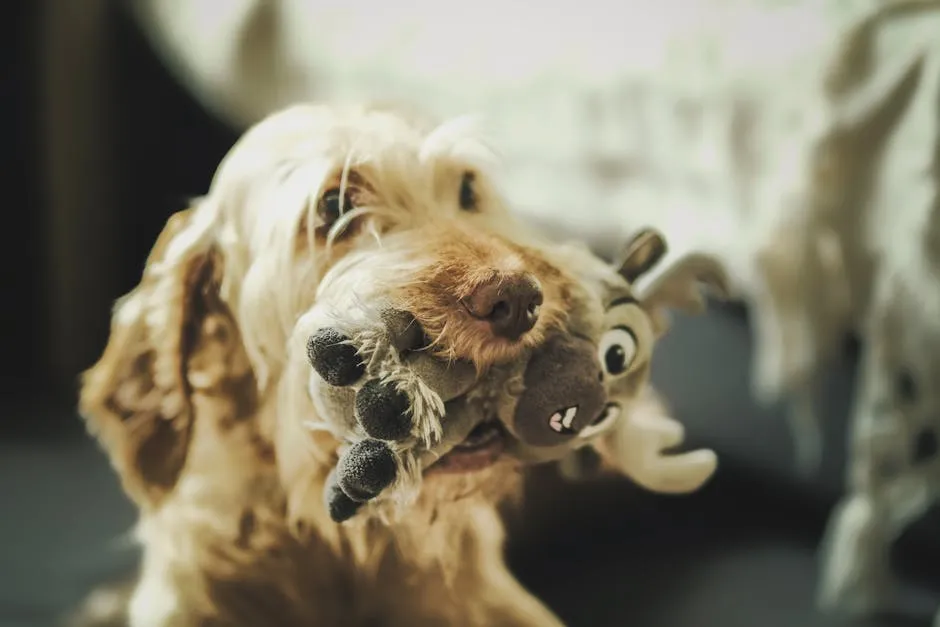
Play Dead
To teach “play dead,” start from a down position. Hold a treat near their nose, then lure them to their side. Use the command “bang” as they lie down. Reward them for staying in that position. Gradually extend the time they remain still.
Spin
To get your dog to spin, hold a treat and move your hand in a circle. Encourage your dog to follow the treat, completing a full turn. Say “spin” as they rotate. Eventually, they’ll associate the word with the action.
Take a Bow
Teaching your dog to bow is a fun trick! Start with your dog standing. Hold a treat at their nose and lower it slowly to the ground. As their front legs bend, reward them. This trick is not just cute; it can also be impressive in dog shows!
Tips for Successful Training Sessions
Keep training sessions short and engaging. Look for signs of frustration or boredom in your dog. If they seem disinterested, take a break! Maintain a positive attitude throughout the process. Celebrate small victories and make training a fun experience. Remember, every dog learns at their own pace. Enjoy the journey together!
To keep your pup comfortable during training, consider a Dog Cooling Mat for those hot days!
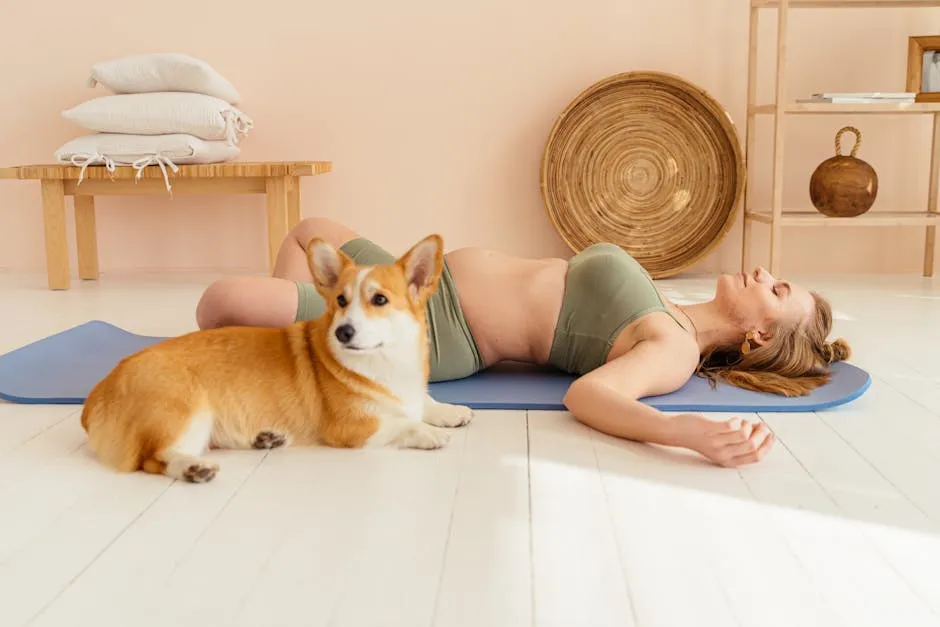
Conclusion
Training your dog to perform simple tricks not only provides an avenue for fun but also strengthens the bond between you and your furry friend. With patience, consistency, and a whole lot of love, you can transform your dog into a confident trickster. So what are you waiting for? Grab those treats and start the training today!
And while you’re at it, make sure you’re equipped with a Dog First Aid Kit. You never know when a little accident might occur!

FAQs
What if my dog doesn’t seem interested in learning?
If your dog is uninterested, it might be due to a few reasons. They could be tired, distracted, or simply not in the mood to learn. Try a different time of day when they are more alert. You could also experiment with different treats or toys to find what excites them. Sometimes, a change in environment can spark their interest. Keep the sessions fun and lighthearted; if they see learning as a game, they’ll be more inclined to join in!
How long should training sessions be?
The ideal training session length varies by age and breed. For puppies, keep sessions to about five minutes. Older dogs can handle ten to fifteen minutes. Always watch your dog’s behavior; if they seem overwhelmed, it’s time to wrap it up. Consistency is key, so try to train regularly, even if only for short bursts. This helps reinforce learning without tiring them out.
Can older dogs learn new tricks?
Absolutely! Older dogs can learn new tricks just as well as younger ones. While it may take a bit longer, with patience and positive reinforcement, they can master new skills. Keep in mind their physical limits; older dogs may need more breaks. Adjust your training to suit their energy levels and enjoy the bonding experience.
What if my dog gets it wrong?
Mistakes are part of the learning process! If your dog doesn’t get it right, stay calm. Avoid scolding them, as this can be discouraging. Instead, guide them back to the correct behavior. Use positive reinforcement when they make progress, no matter how small. It’s all about encouraging them to try again. Remember, patience is a trainer’s best friend!
How can I make training more fun?
To spice up training, incorporate games! Use fetch or hide-and-seek to reward your dog for completing tricks. Vary the treats you use to keep them guessing. You can also train in different locations, like the backyard or park, to make things exciting. The goal is to keep your dog engaged and eager to learn. The more fun they have, the more they’ll look forward to training!
Please let us know what you think about our content by leaving a comment down below!
Thank you for reading till here 🙂
For more insights on dog training, check out these dog training tips for adopting a rescue dog with anxiety.
To understand effective methods, you might find useful information in this guide on effective positive reinforcement techniques for stubborn dogs.
Additionally, you can enhance your training approach by exploring training techniques for deaf or blind dogs.
For a deeper understanding of your dog’s behavior, check out the Guide to interpreting your dog’s sleeping positions.
All images from Pexels

